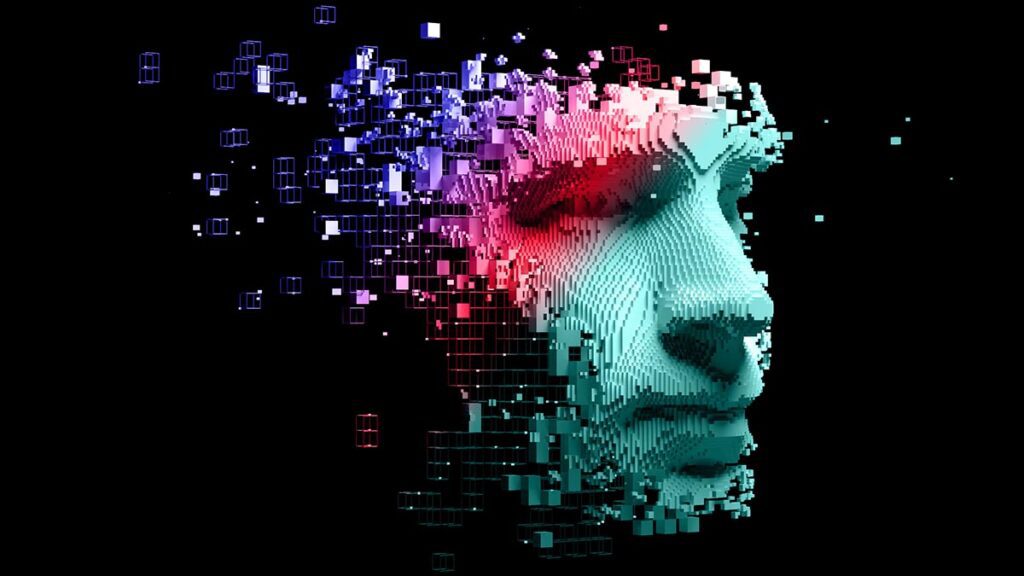New AI invention... What are Digital Humans?

Digital human technology advances artificial intelligence (AI) applications to a whole new level by having 3D, photorealistic versions of human beings in the virtual world indistinguishable from the real thing.
As users and business leaders become more comfortable with the common application of AI, digital humans are no longer limited to a futuristic approach.
Several companies are making impressive progress with digital human development, and recent conversations around the rise of the metaverse make digital humans more pertinent than ever before.
Digital humans AI can be defined as 3D virtual objects that look almost exactly like human beings and can replicate human traits such as physical movements, facial expressions, conversational to-and-fro, and the like.
AI Digital Human
It is worth mentioning that AI digital human won’t necessarily reflect a real-world human being, although there’s a huge ethical debate on whether smart machines can or cannot outsmart a human being. i.e., there may or may not be a natural person with the same name, physical appearance, and bodily characteristics.
The evolution of the AI spectrum and digital humans is drastically improving to the point where human robots with high intelligence are helping humans or taking their places in life and at work.
Some of the concepts related to “digital human technology” came from movies in Hollywood, from the possible use of the technology in the films, such as Avatar (2009) and Planet of the Apes (2001). The development of animation technologies and 3D modeling allowed the transformation of real actors into digital characters who were not even human in both cases.
They are independent 3-dimensional objects existing in virtual worlds, such as voice bots, chatbots, Casper’s named Insomnobot 3000, amongst others that are used to today. On the topic of 3D modeling, the 3D printer market is expected to reach billions by 2030, we have written an interesting read about this topic and its future, so be sure to check it out.
Digital humans depend on a complex combination of technologies for their functionality. These include:
–Artificial intelligence (AI) to sort out input and supply feedback: The AI will help digital humans find the answers to many questions when interacting with humans in order to assist them in daily work.
–Natural language processing to understand voice management: It is considered as the part of computer science, especially the branch of AI involved with providing computers the ability to recognize spoken words and text the same way human beings can.
–Advanced 3D modeling to repeat expressions of human emotion with precision: To better understand the human-computer interaction, reinforce the emotional communication between the system and the users in the dynamic 3D painting system.
–Natural language generation so that the digital human can respond via voice: Allowing machines to evaluate and understand humans’ imperfect way of writing or talking.
The challenges of having Digital human include information gaps and ensuring efficiency in the digital human creative process.
Therefore, all those factors might form the next step in evolving automated virtual aid. Instead of having a chatbot respond to our questions or a voice assistant bringing information from an online repository, digital humans provide a seamless and suitable support experience by presenting a human face.
Uneeq Einstein
Some forms of digital humans are AI-powered lifeforms created by Samsung’s STAR Labs and called Neons include unique personalities such as K-pop star, banker, and yoga instructor.
On the same note, UneeQ, a United States and New Zealand-based digital human company, launched the Digital Enstein, part of UneeQ’s new Companions series.
In an unprecedented move, UneeQ remastered einstein’s digital human driven by experiential AI and conversational to create a meaningful first-of-its-kind experience with one of history’s greatest minds.

Digital Einstein is considered an example of Experiential AI, the next evolution of human-to-machine interaction, purchasing digital humans to lead personality-led engagements that move patients, customers, students, and end-users beyond transactions and into meaningful emotional interactio
“Companionship and mental health are long-standing problems facing our society today, which COVID-19 has significantly exacerbated,” said Danny Tomsett, CEO of UneeQ.
“One of UneeQ’s core values is ‘Tech for Good’, and we are actively seeking ways to apply our innovative solutions to that cause,” he added.
Digital Einstein and other digital humans can communicate with people in a way that comes most naturally, as part of our new Companions series. They use human expressions, conversation and emotional responses to best provide daily interactions that we hope make a difference in relation to human rights in people’s lives, Danny stresses. Speaking of that, the UN urged a moratorium on the use of AI to imperil human rights.
Summary
The evolution of the AI spectrum and digital humans is drastically improving to the point where human robots with high intelligence are helping humans or taking their places in life and at work.
This has come pros and cons regarding helping solve many issues while creating new problems related to the job market.
Inside Telecom provides you with an extensive list of content covering all aspects of the tech industry. Keep an eye on our Telecom’s AI News space to stay informed and up to date with our daily articles.
